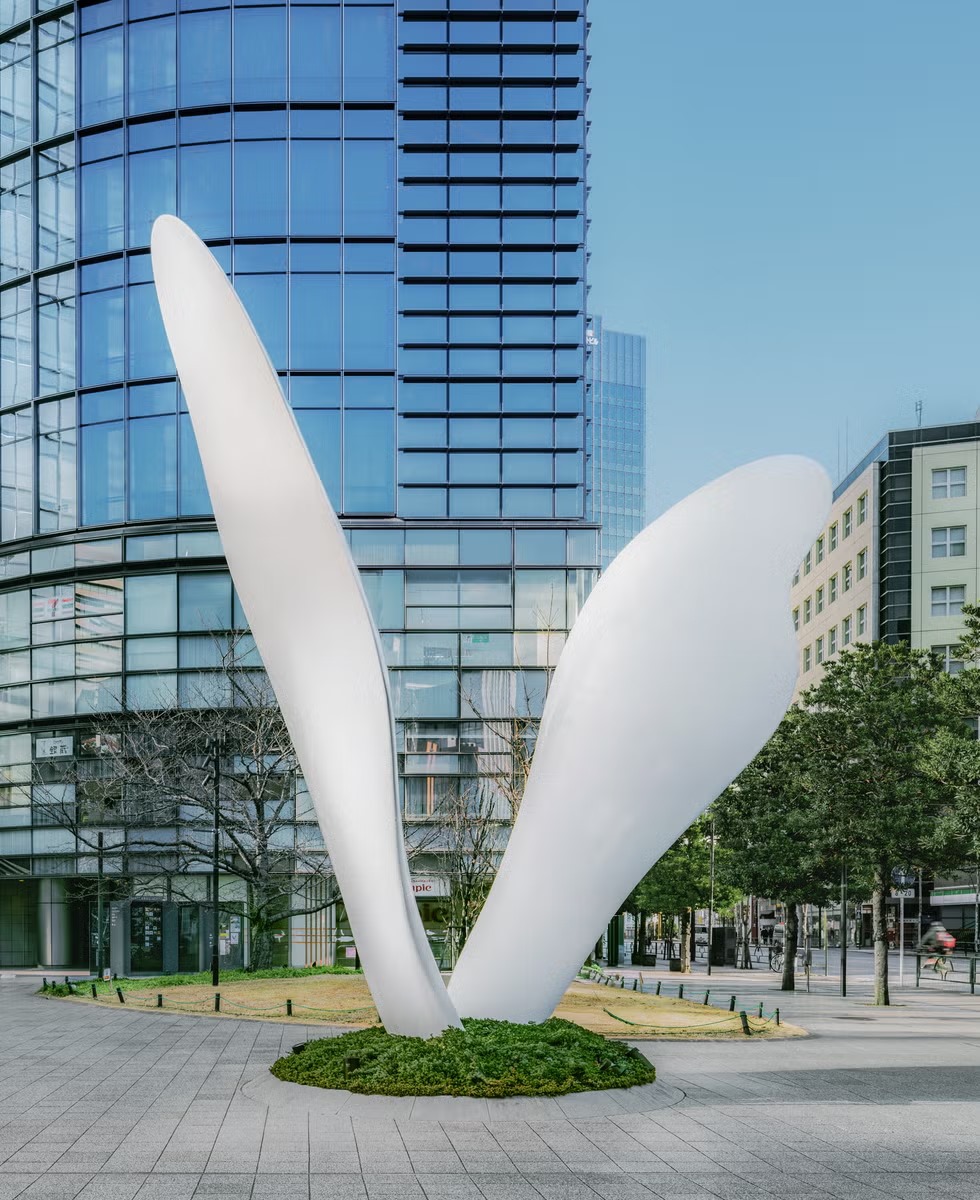
Tokyo is home to a diverse range of public art that seamlessly blends into the urban landscape while captivating those who take a closer look. From massive sculptures to architectural installations, these works offer a unique cultural experience throughout the city. Here are some of Tokyo’s most remarkable public artworks that you can encounter while exploring the city.
Yoshitomo Nara – Child of the Tokyo Forest (Azabudai)
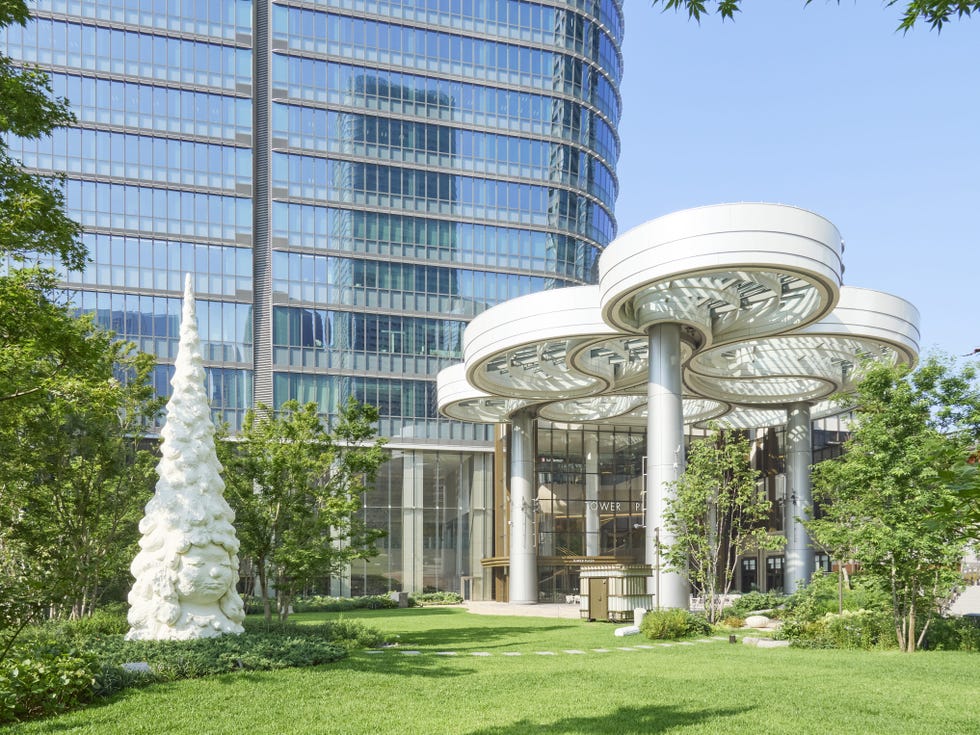
Unveiled in November 2023 to mark the opening of Azabudai Hills, this towering bronze statue stands over seven meters tall. It belongs to Nara’s Forest Child series, which brings to life his childhood memories and imagination. This piece is the largest in the series and the first of his outdoor sculptures to be permanently installed in Tokyo. With a head resembling a coniferous tree, the figure quietly observes its surroundings, embodying the harmonious coexistence of nature and the urban environment.
Jaume Plensa – Roots (Toranomon)
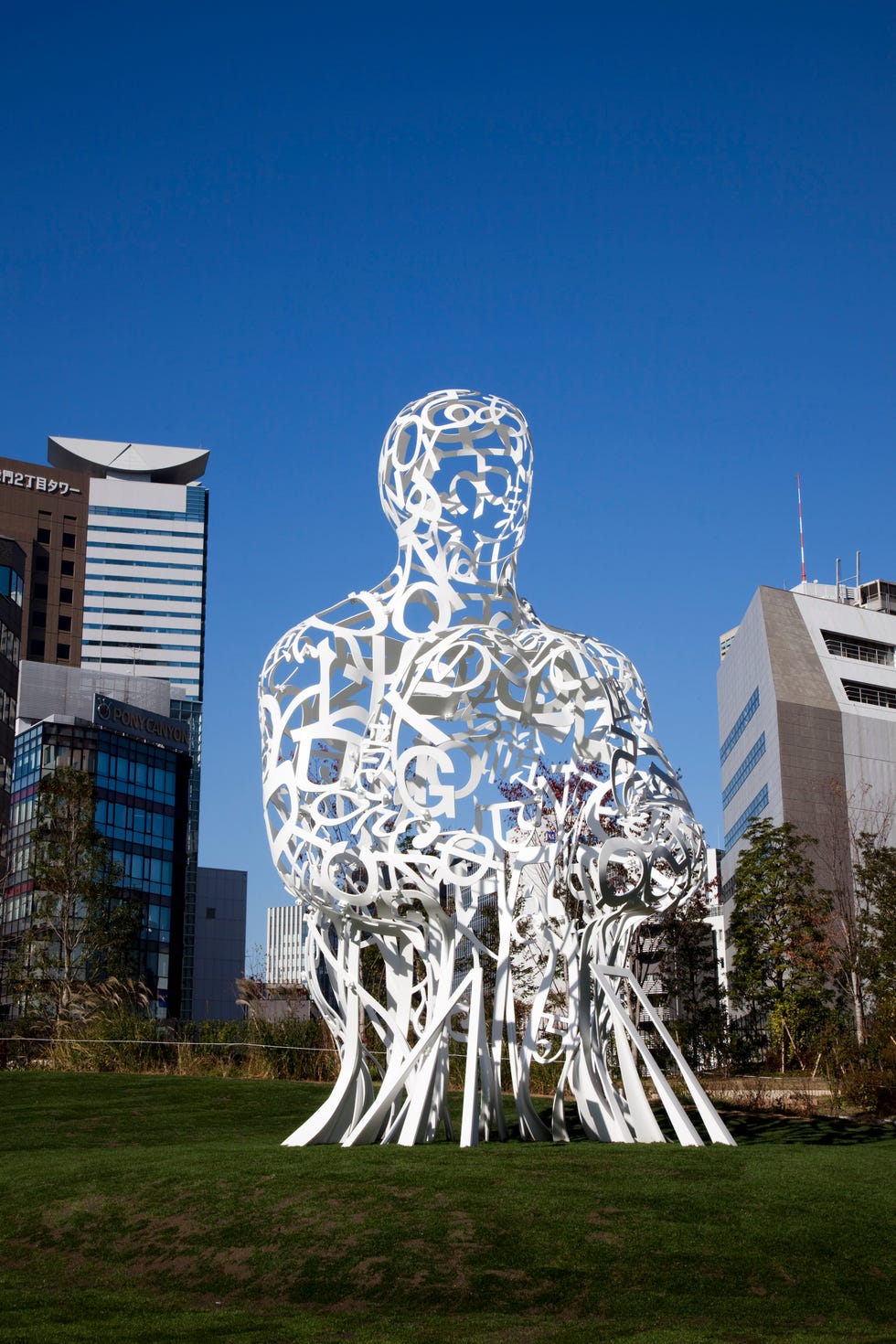
Located in Toranomon Hills Oval Square, Roots is a striking 10-meter-tall sculpture by Spanish artist Jaume Plensa. Reflecting themes of global diversity, the piece is composed of characters from eight languages, including Japanese, Chinese, Arabic, Hebrew, Latin, Greek, Hindi, and Russian. The title, Roots, symbolizes the interconnectedness of humanity, while the kneeling figure represents deep introspection and self-discovery.
Louise Bourgeois – Maman (Roppongi)
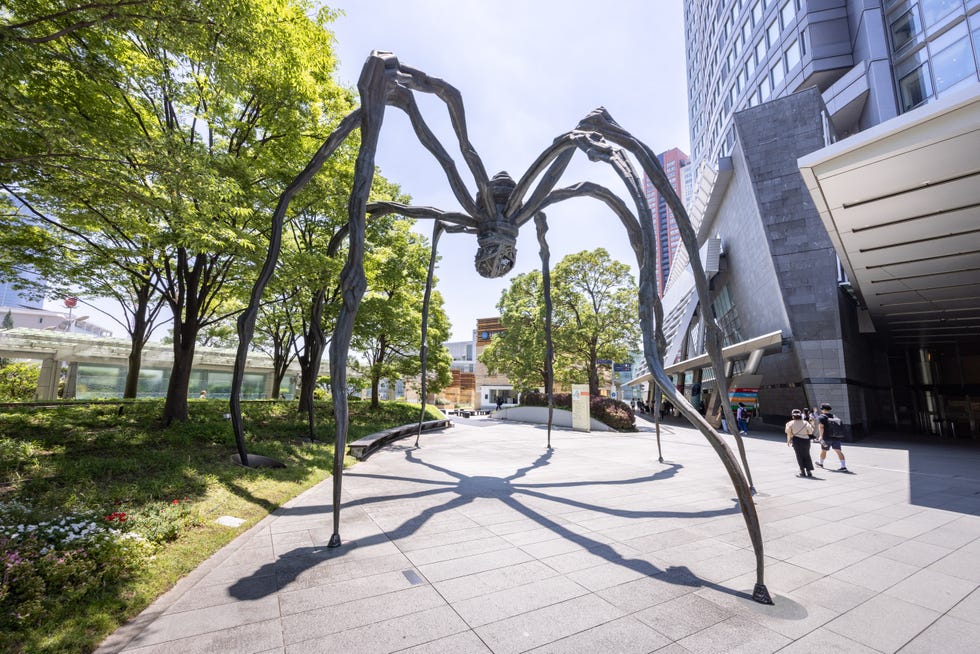
One of Tokyo’s most iconic public sculptures, Maman by French artist Louise Bourgeois, stands at approximately 10 meters tall in Roppongi Hills. Part of a global series found in cities like New York, London, and Seoul, this massive spider sculpture represents themes of motherhood, protection, and strength. The name Maman, which means “mother” in French, reflects Bourgeois’ tribute to her mother and also serves as a self-portrait. The spider carries nearly 20 eggs within its body, and standing beneath it gives viewers a sense of being enveloped by its protective embrace.
Leandro Erlich – Cloud (Kasumigaseki)
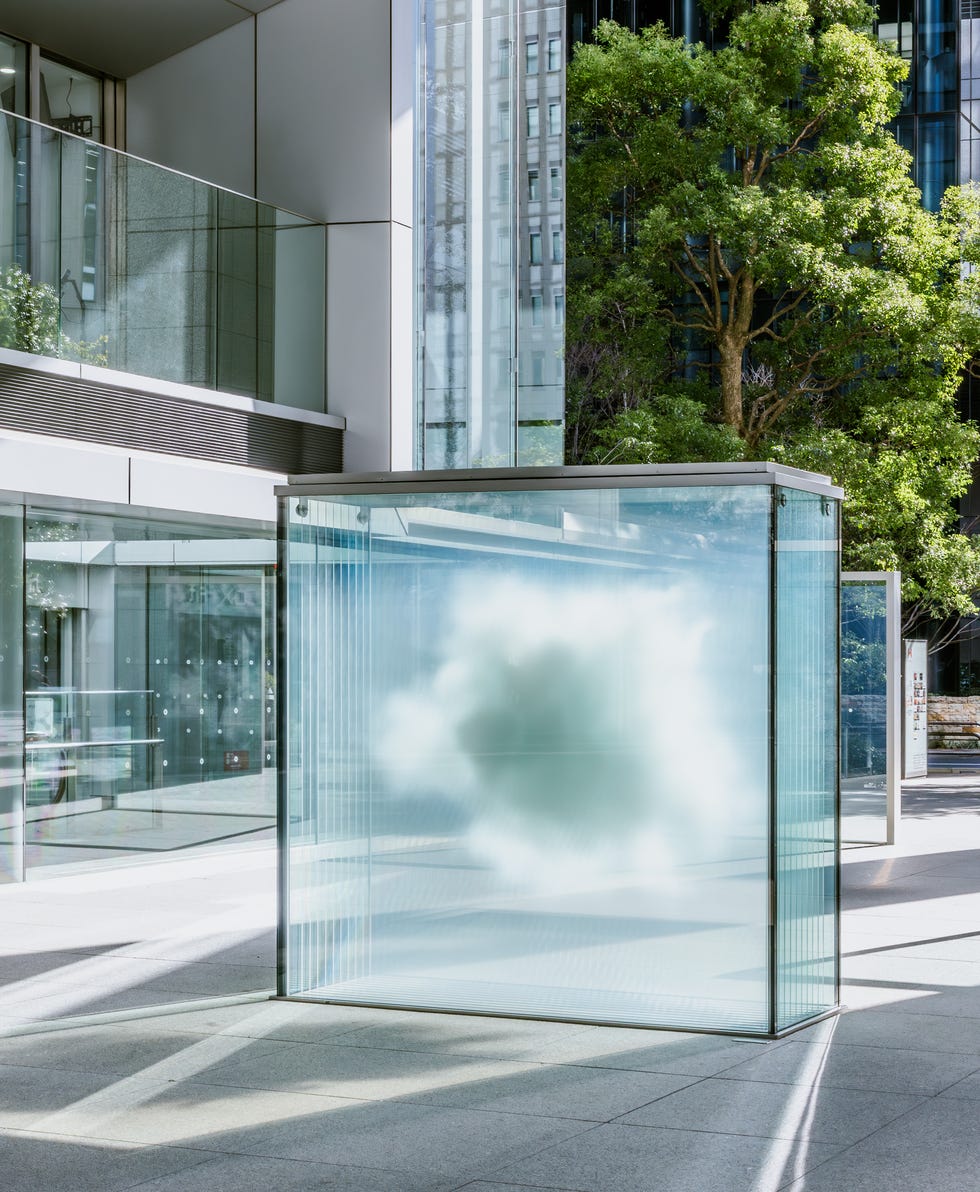
Argentine artist Leandro Erlich, best known for his Swimming Pool installation at the Kanazawa 21st Century Museum of Contemporary Art, presents Cloud at the Iino Building in Kasumigaseki. This piece, part of his Cloud series, captures the illusion of floating clouds by layering ten ceramic ink-printed glass sheets. Equipped with built-in LED lights, the artwork shifts in appearance throughout the day and night, creating an ever-changing experience for passersby.
Kohei Nawa – White Deer (Kioicho)
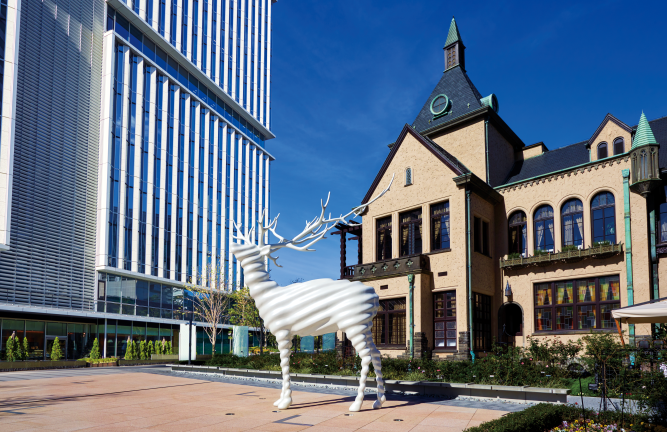
Standing six meters tall in front of Akasaka Prince Classic House in Tokyo Garden Terrace Kioicho, White Deer by Kohei Nawa is a striking sculpture inspired by the significance of deer in Japanese culture. Historically considered sacred in animism and Shinto beliefs, deer have recently been referred to as “stray deer” when seen in urban settings. This sculpture, created using 3D scanning technology based on a taxidermy deer found online, mirrors the white deer sculptures of Inujima and Ishinomaki. With its head lifted skyward, the piece evokes a sense of mystery and connection between nature and modern civilization.
Hiroshi Sugimoto – SUN DIAL (Otemachi)
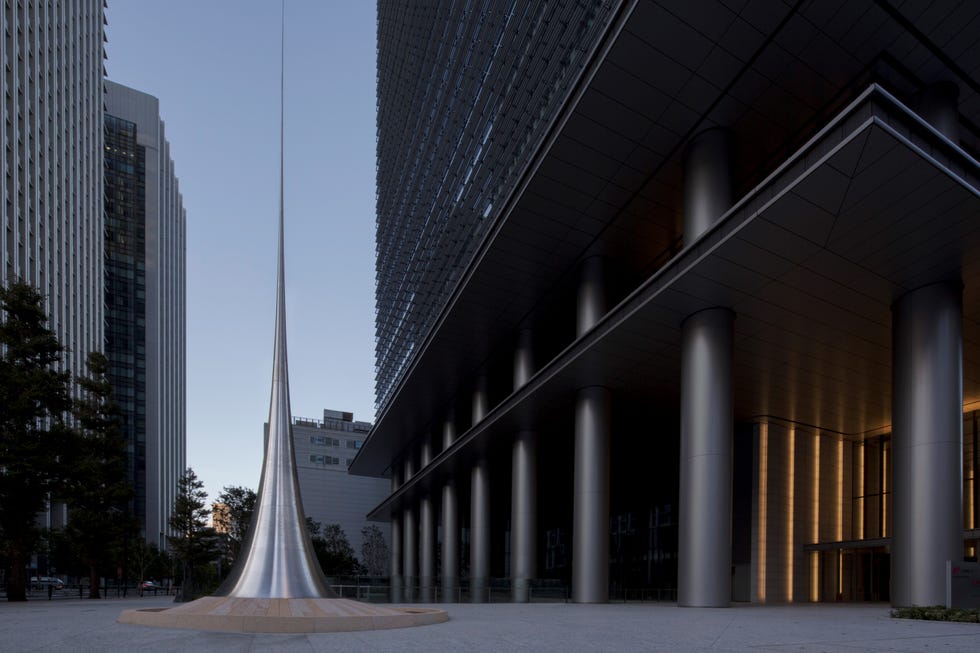
Renowned photographer and artist Hiroshi Sugimoto contributes to Tokyo’s public art scene with SUN DIAL, an installation located in Otemachi. Known for his work exploring themes of time and perception, Sugimoto’s piece encourages contemplation and engagement with natural light and shadows, offering a meditative experience in the heart of the city.
From contemporary interpretations of nature to monumental sculptures rich in symbolism, Tokyo’s public art scene reflects the city’s vibrant cultural landscape. Whether you’re a local or a visitor, these installations provide an immersive way to experience art beyond traditional galleries, adding depth and creativity to Tokyo’s dynamic streets.


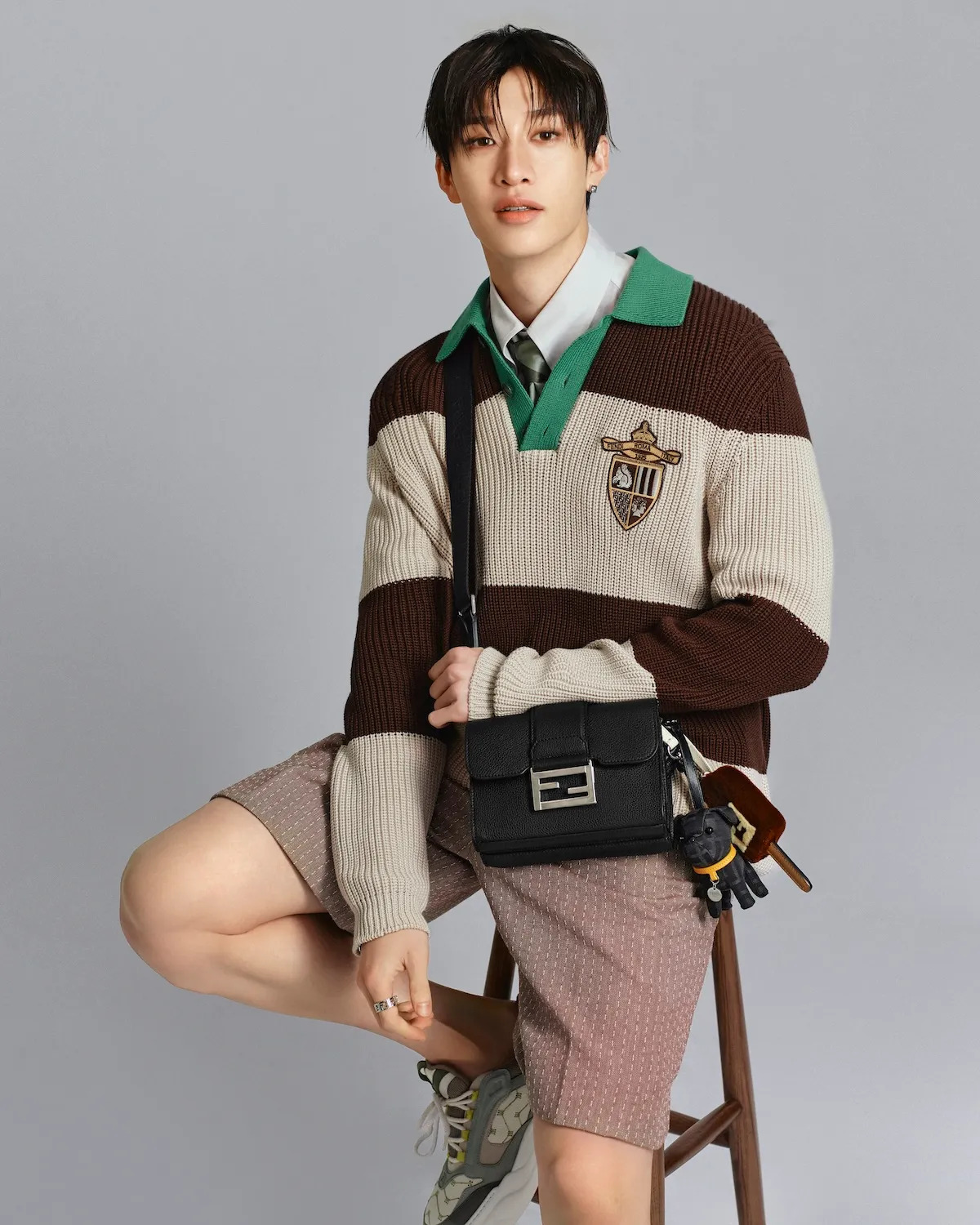
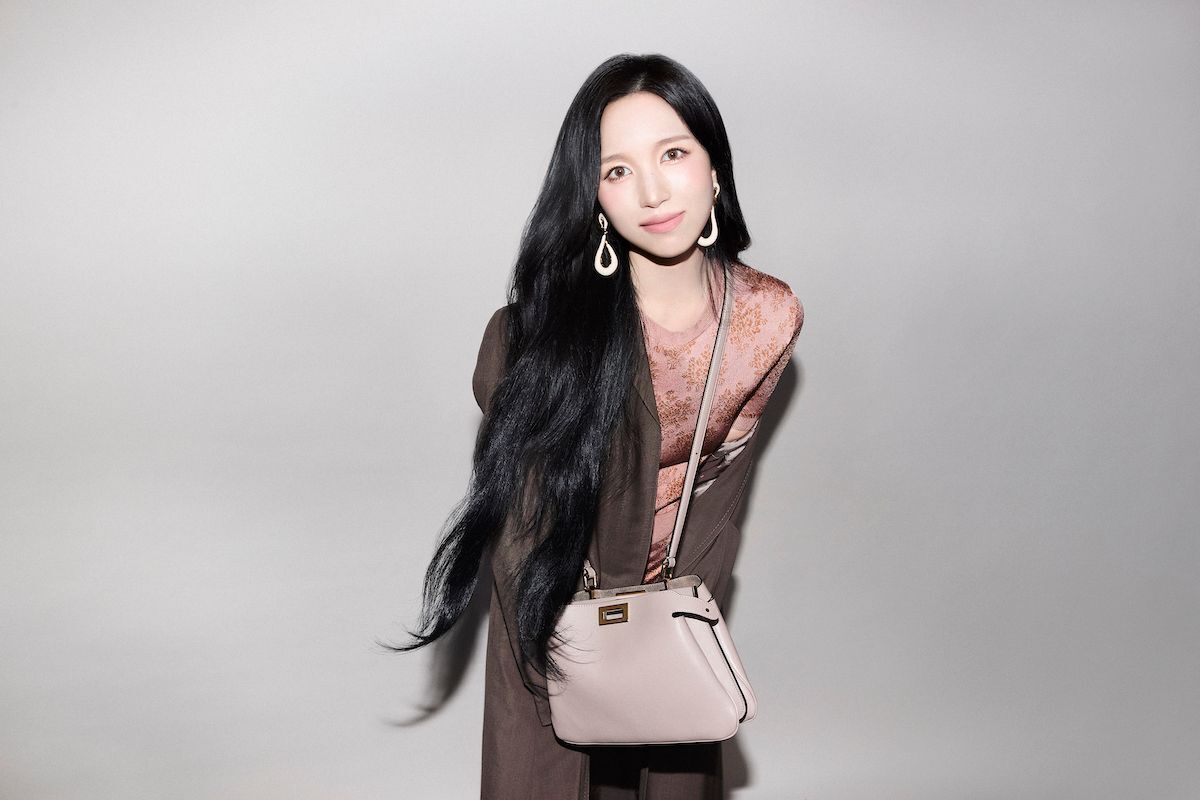
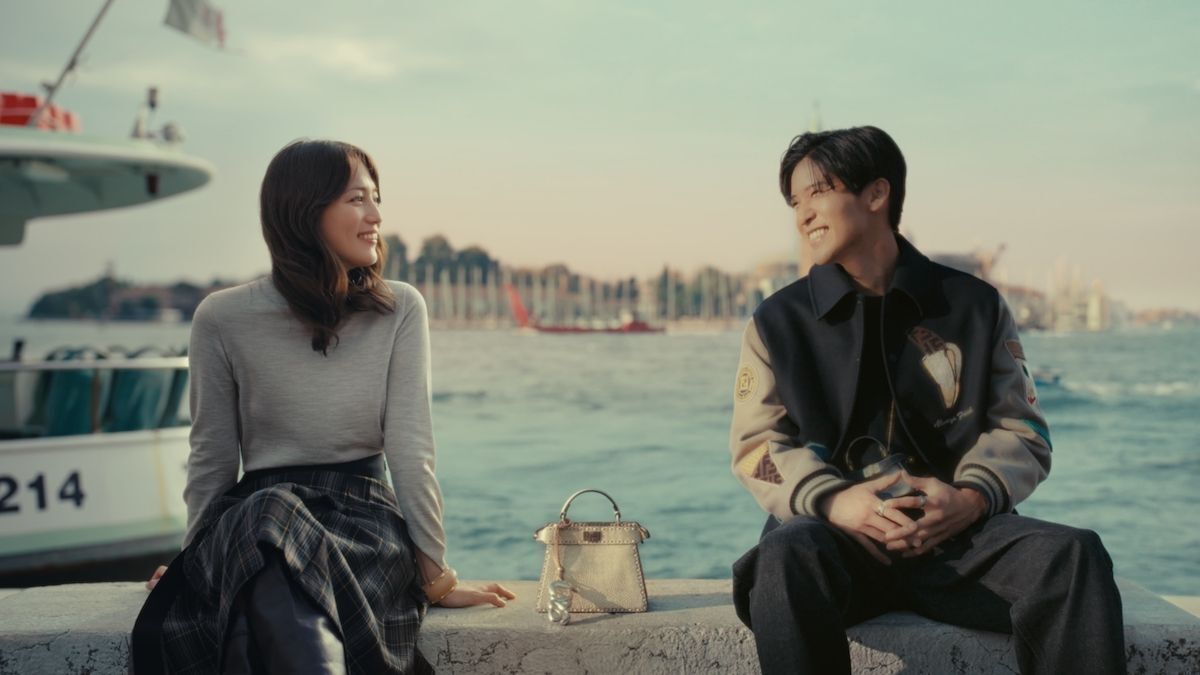

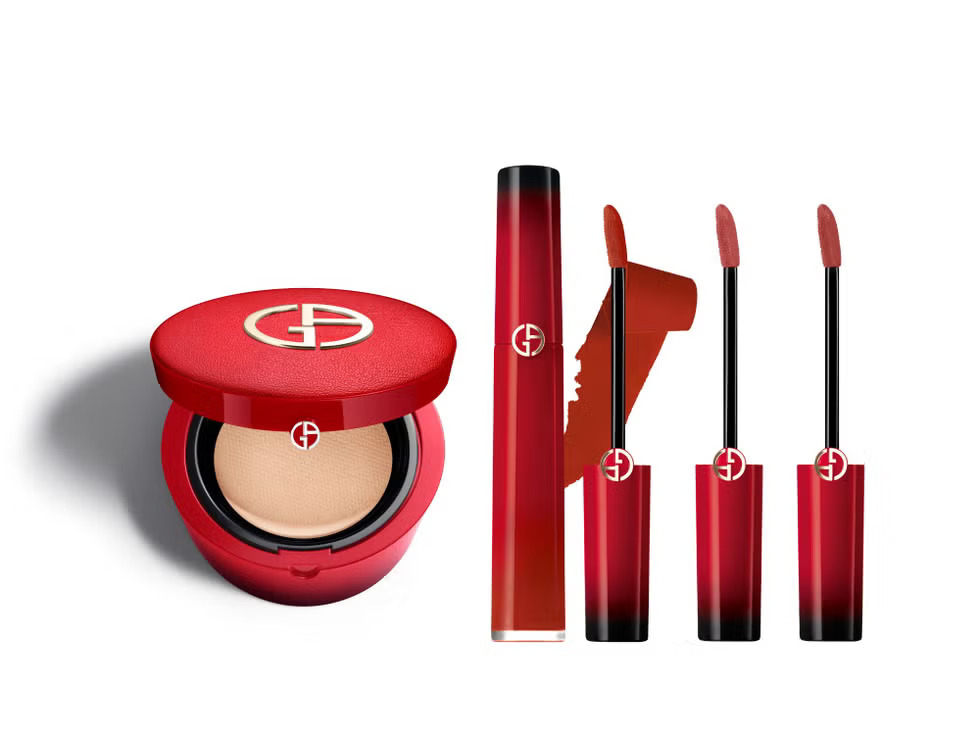

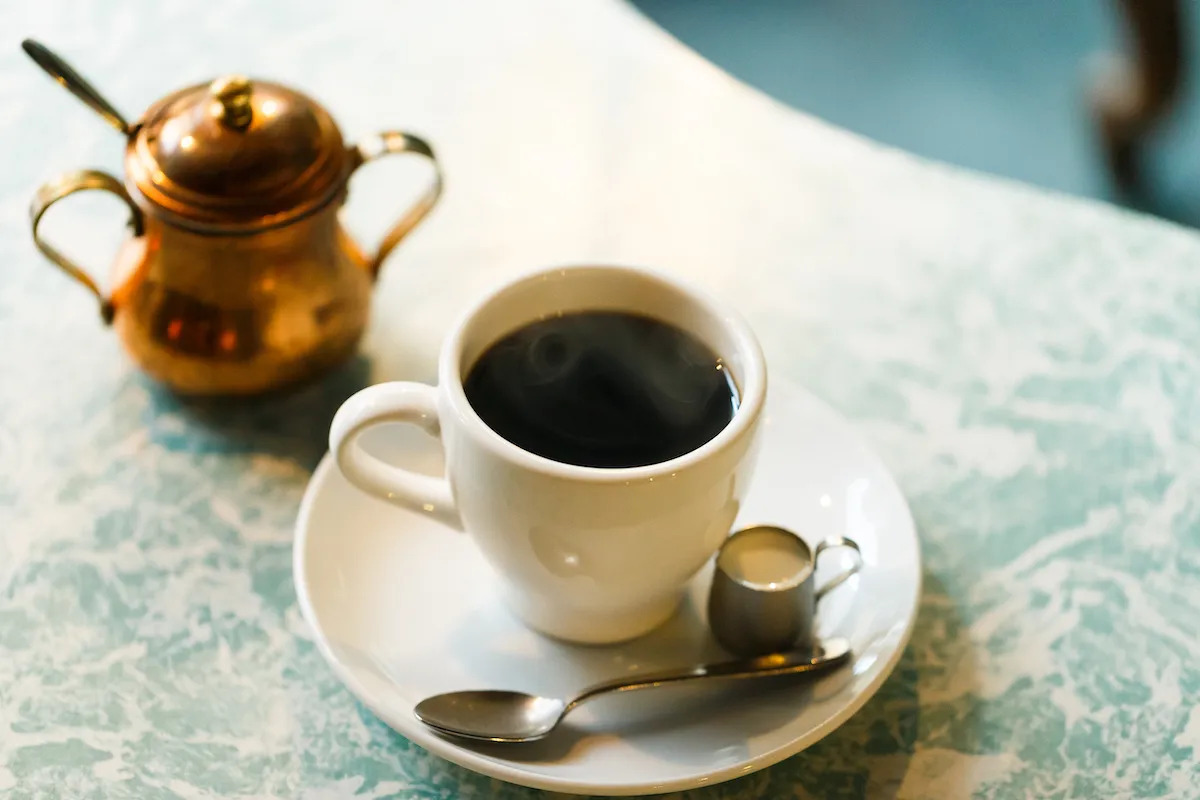
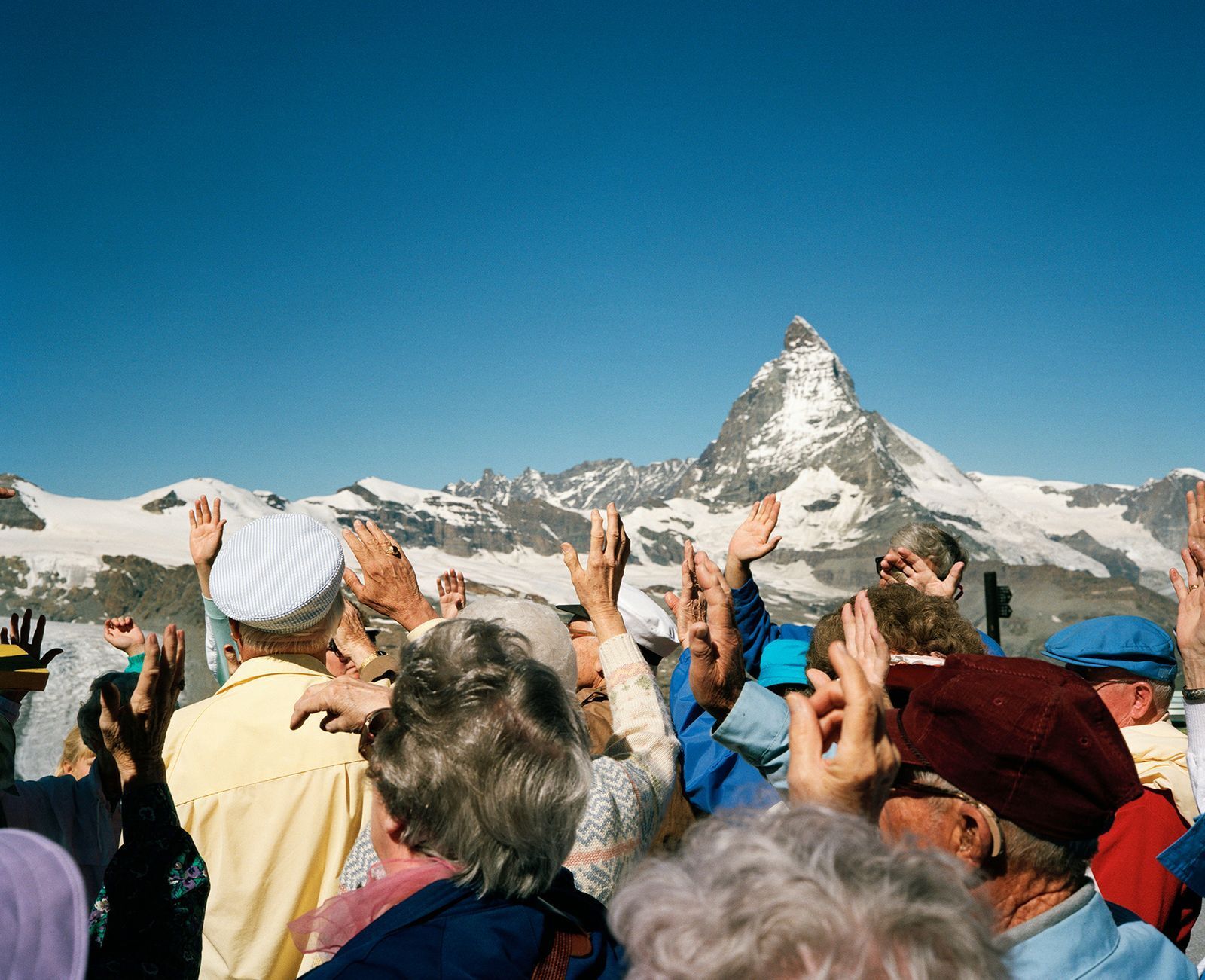


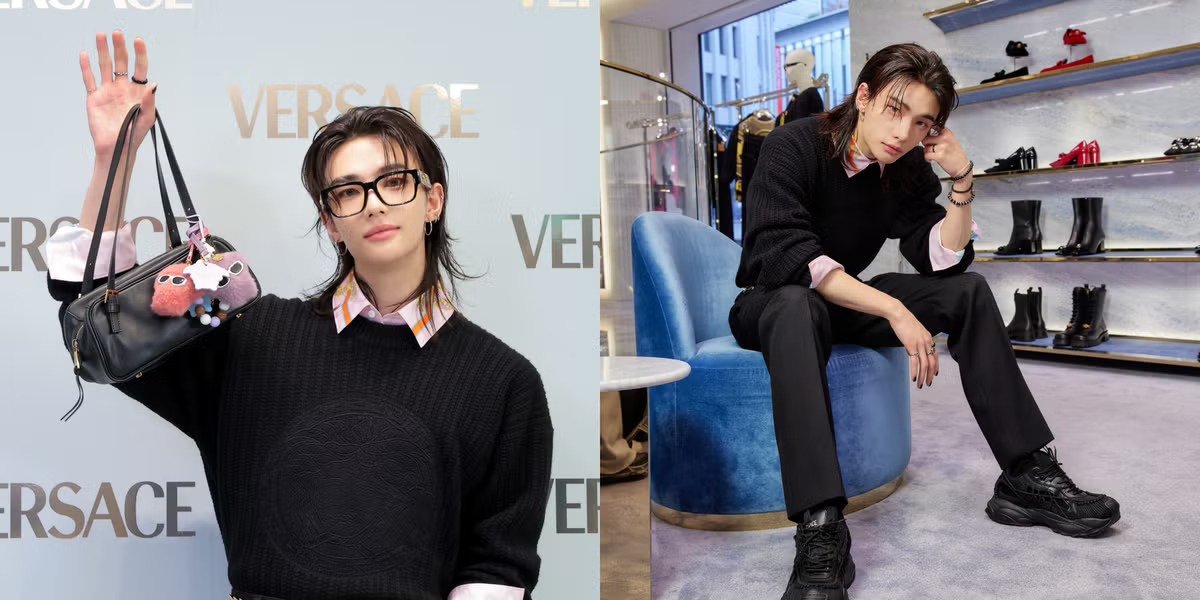
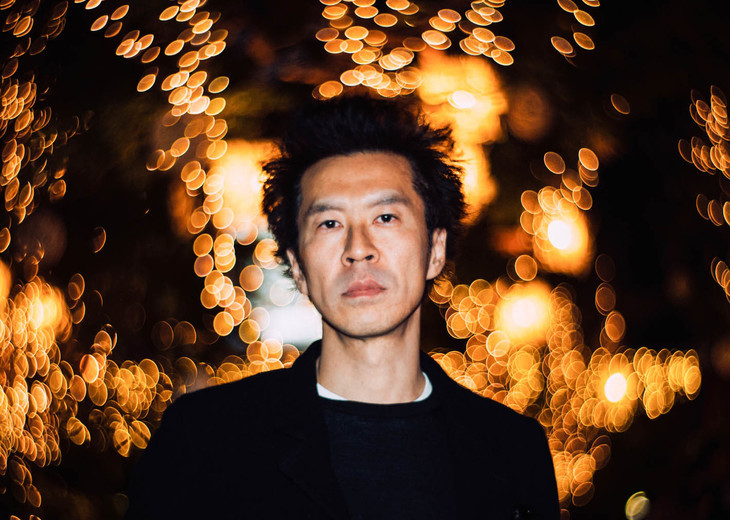

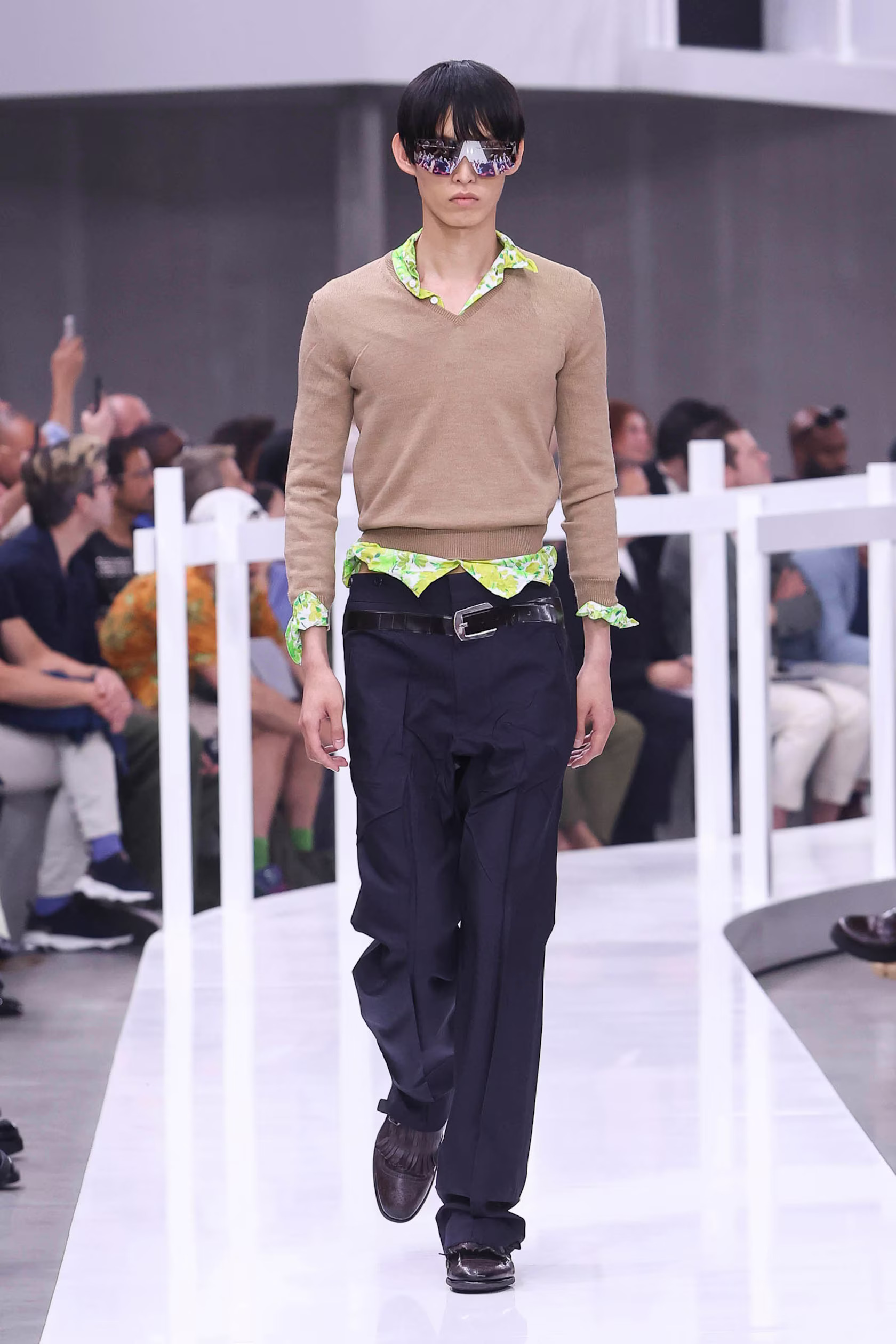
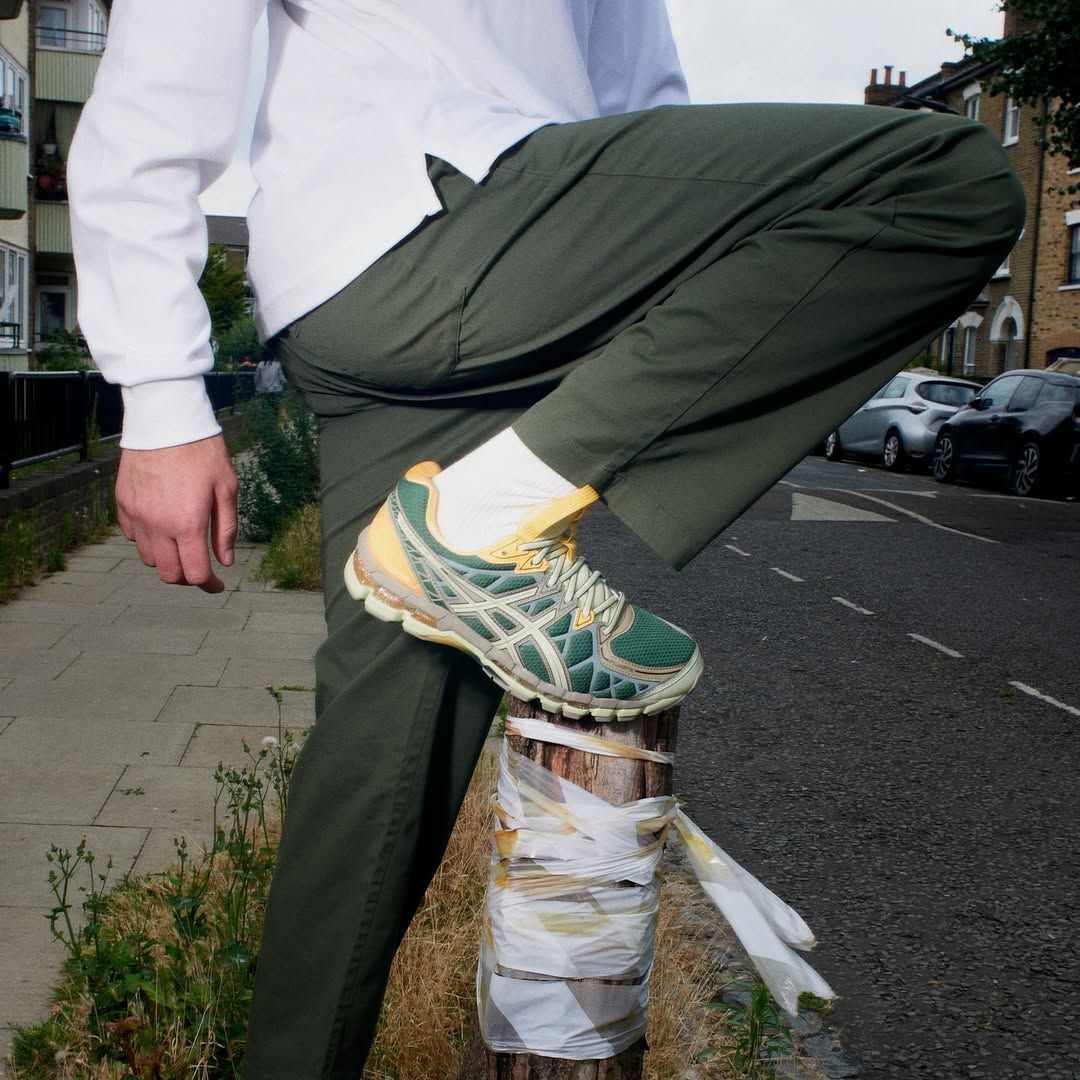



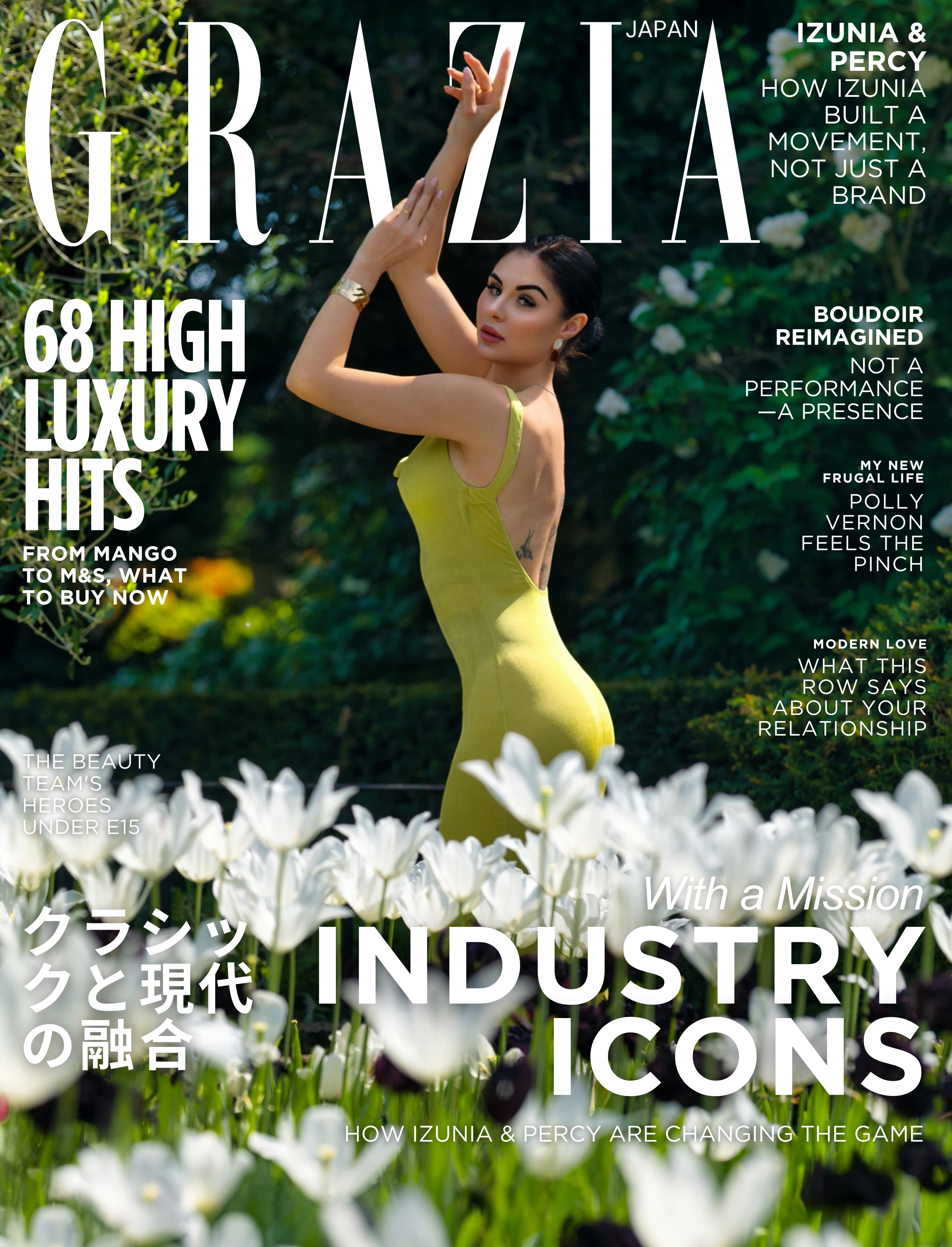
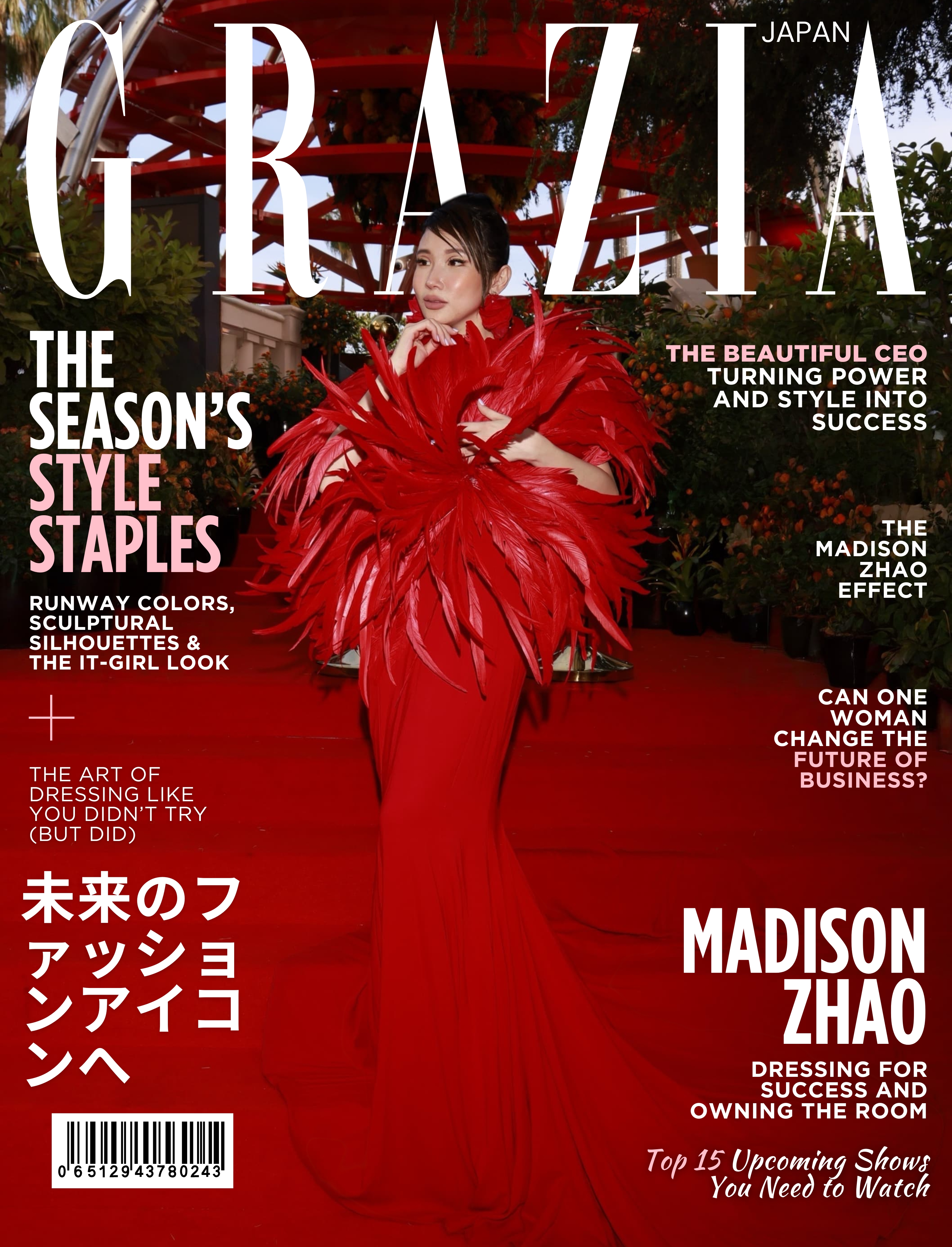


.jpg)
